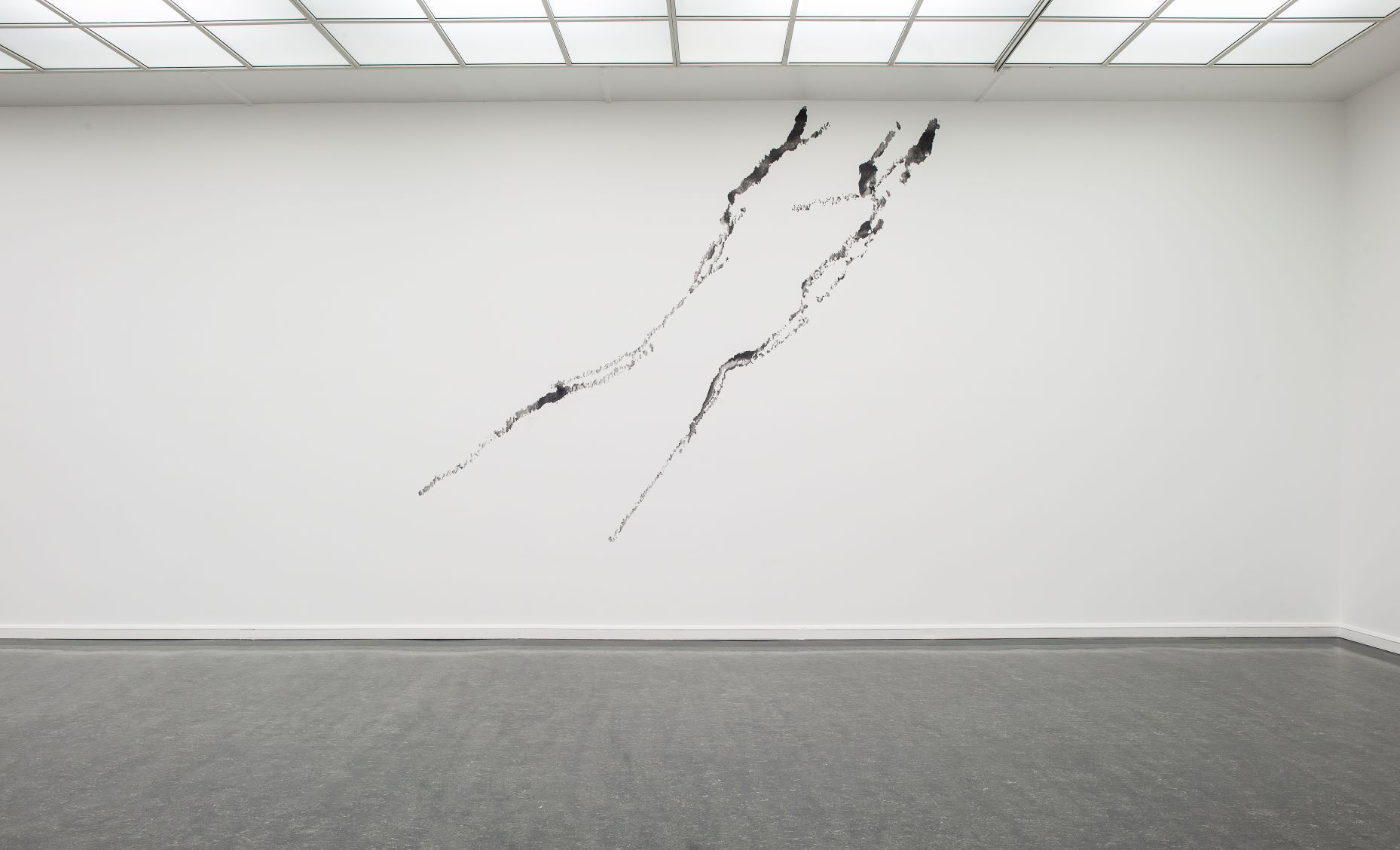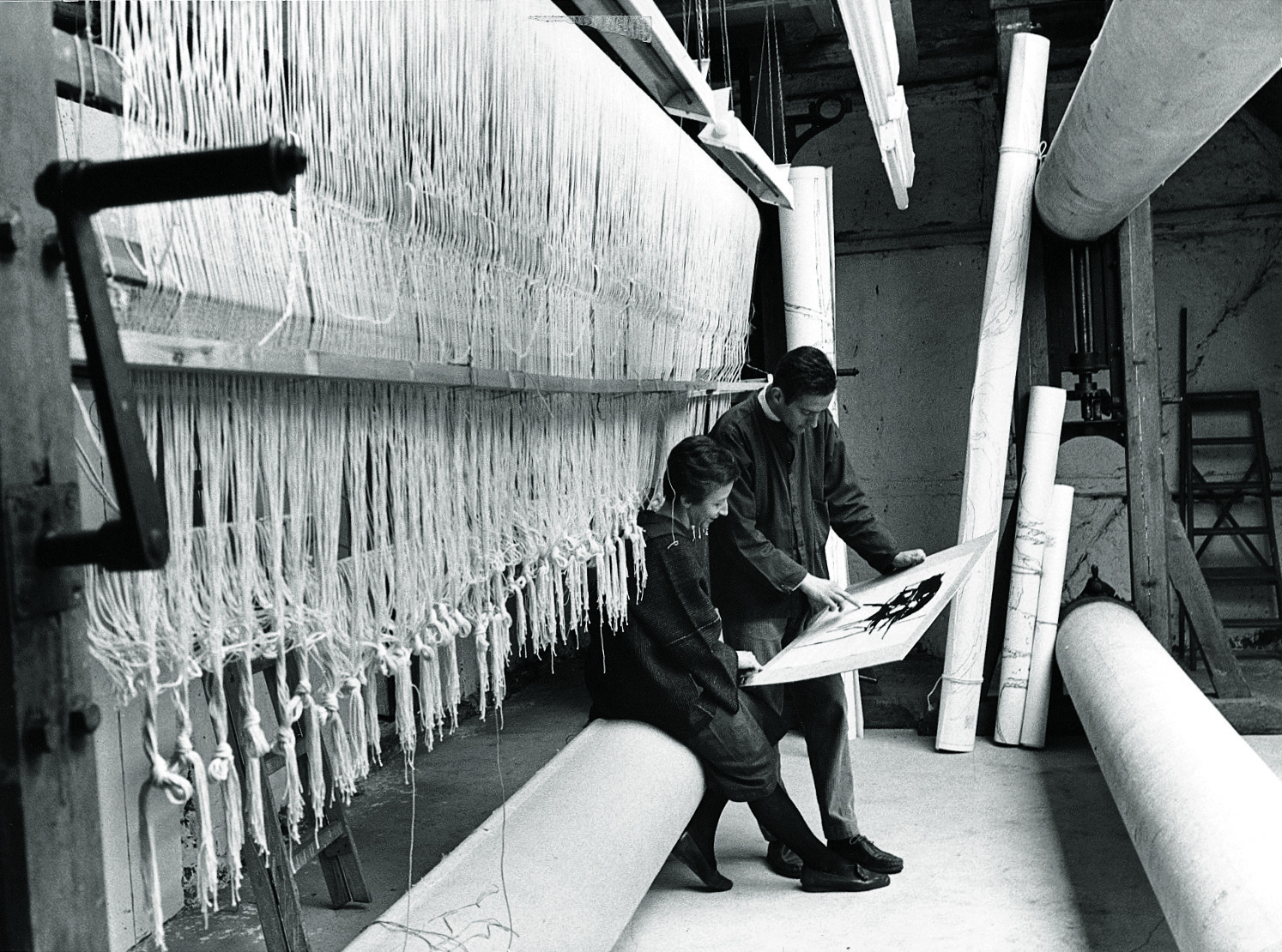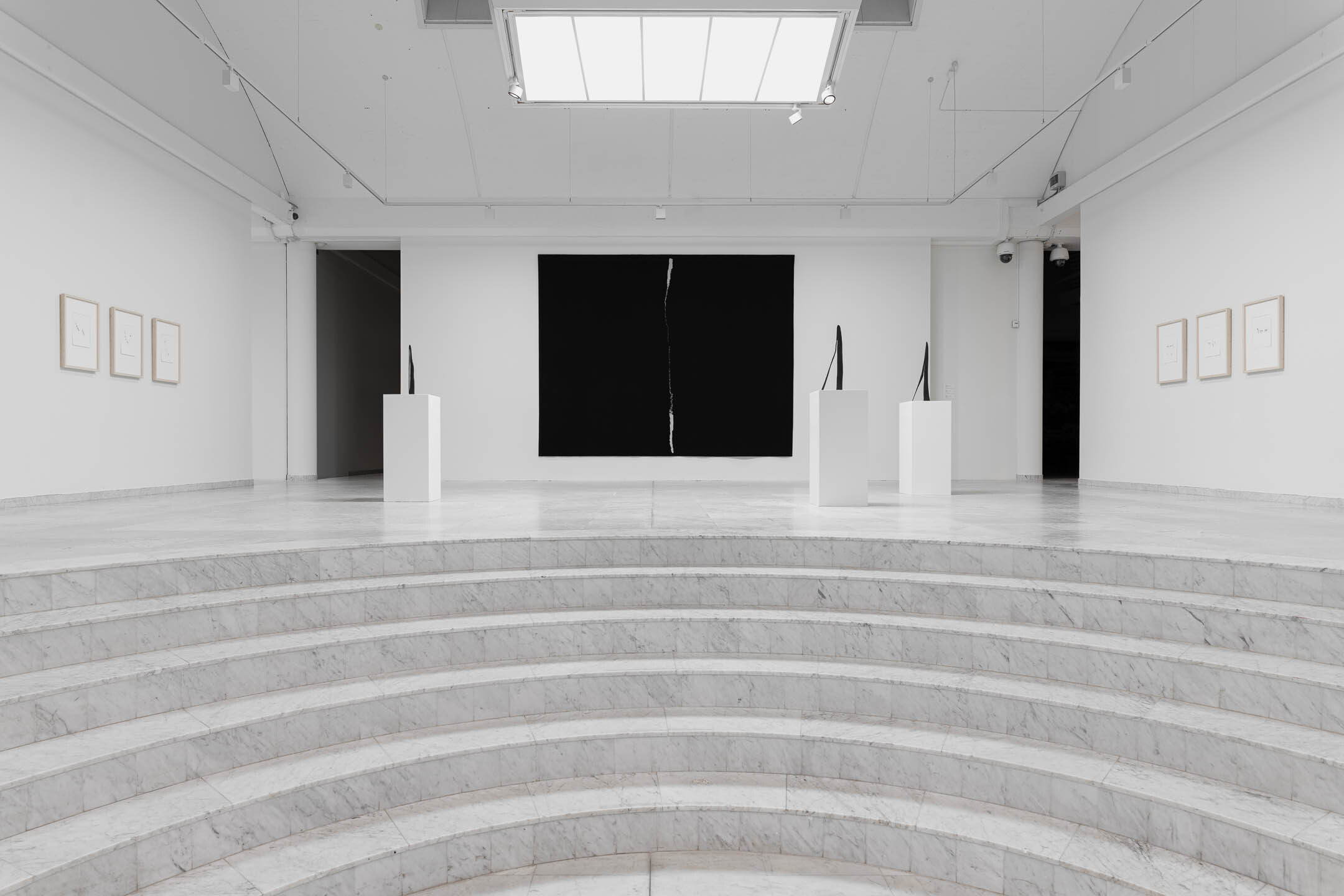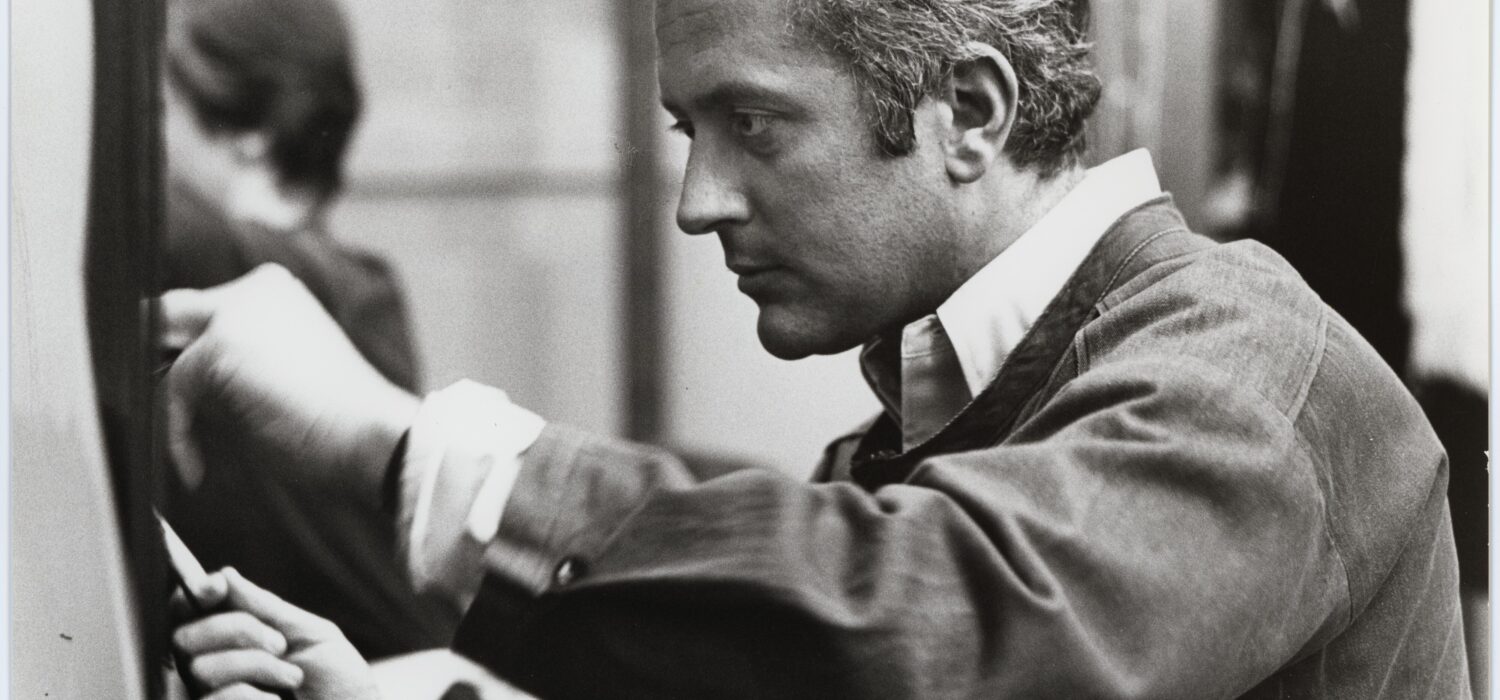The Jan Groth Archive
Jan Groth had a close relationship with the art museum in his hometown of Stavanger, and in 1995 he donated his professional and documentation archive to the museum. This archive is now accessible to the public at The Stavanger City Archives. The archival material was transferred in batches. Most of it was organized by Benedikte Groth, and her and Jan Groth’s own organizational principles have been preserved. Where other systems of arrangement were necessary, these were established by Stavanger Art Museum, led by Vibece Salthe.
The archive contains correspondence, folders on individual artworks, exhibition folders, photographs, and reference material. In addition, there are documents belonging to Steingrim Laursen and Benedikte Groth.
Art historian Karin Hellandsjø has donated background material related to her many years of research on Jan Groth’s artistic practice. The majority of this material is connected to her work on the monograph Tegn. Jan Groths kunst (2001) as well as the book Jan Groth – Drawings 1967–2017 (2018). The monograph on Groth was published in connection with the major exhibition Tegn. Jan Groths oeuvre, organized by the Museum of Contemporary Art in Oslo and curated by Karin Hellandsjø.
The Jan Groth Archive is open to the public and is housed at Arkivenes hus (House of Archives) in Stavanger. Please note that booking is required. Read more about the archive here.

Jan Groth (1938–2022)
was one of Norway’s most prominent modernist artists, with a significant international career. Over more than sixty years, he developed a distinctive and consistent artistic expression characterized by a concentrated visual language centered on the line as his primary means of expression.
Groth began as a painter but soon turned to working with tapestries and drawings. As early as 1961, he established a tapestry studio in North Zealand together with the professional weaver Benedikte Groth (Danish, born Herlufsdatter Hansen, 1933–2015).

It was in the dialogue between drawings and tapestries that Groth’s characteristic visual language emerged – a style that gained him international recognition and led to an extensive exhibition career across much of the world from the 1970s onward. For several decades, Groth moved between New York, Denmark, and Norway, and for twelve years (1982–1994) he was a professor at the New York School of Visual Arts.

